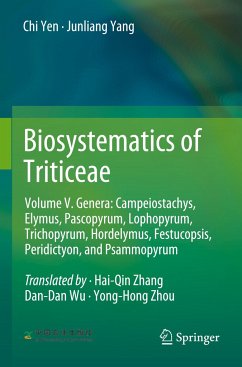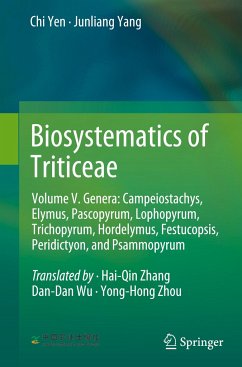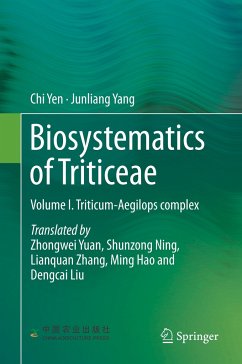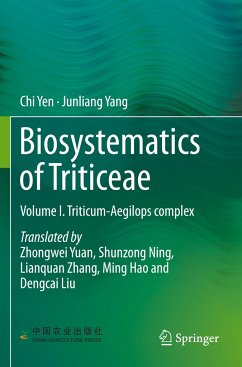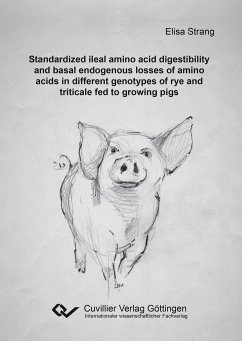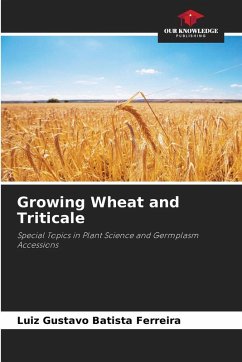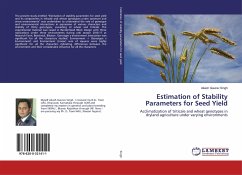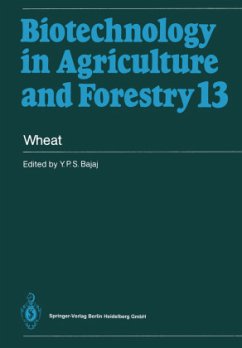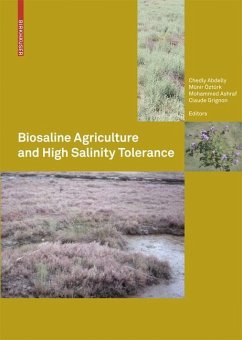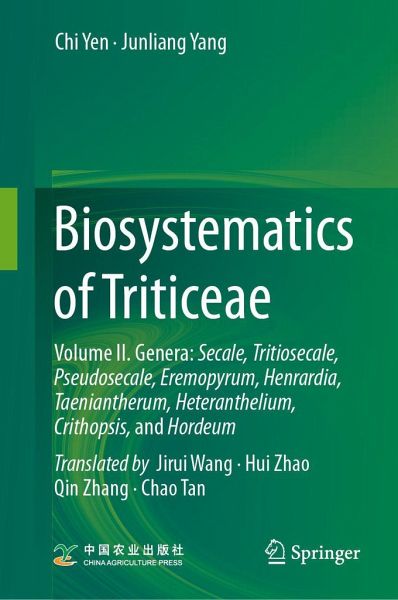
Biosystematics of Triticeae
Volume II. Genera: Secale, Tritiosecale, Pseudosecale, Eremopyrum, Henrardia, Taeniantherum, Heteranthelium, Crithopsis, and Hordeum
Übersetzer: Zhang, Qin; Wang, Jirui; Tan, Chao; Zhao, Hui

PAYBACK Punkte
62 °P sammeln!
This book discusses the natural classification and biosystematics of Triticeae and presents the most significant findings of comprehensive studies on the Triticeae, an important tribe in the grass family (Poaceae) that includes major crops such as wheat, barley, rye, and triticale, as well as various forage crops found in different genera. The five-volume Chinese version of Biosystematics of Triticeae was published in 1998, 2004, 2006, 2011, and 2013, and included the 30 genera, two subgenera, 464 species, nine subspecies, and 186 varieties of Triticeae identified to date. This is their Engl...
This book discusses the natural classification and biosystematics of Triticeae and presents the most significant findings of comprehensive studies on the Triticeae, an important tribe in the grass family (Poaceae) that includes major crops such as wheat, barley, rye, and triticale, as well as various forage crops found in different genera. The five-volume Chinese version of Biosystematics of Triticeae was published in 1998, 2004, 2006, 2011, and 2013, and included the 30 genera, two subgenera, 464 species, nine subspecies, and 186 varieties of Triticeae identified to date. This is their English edition. The book is divided into five volumes, covering a wide range of disciplines from traditional taxonomy and cytogenetics to molecular phylogeny. Volume I, Triticum-Aegilops complex focuses on the taxonomy and generic relationships of Triticum and Aegilops, discussing the origin of common wheat as a crop. Volume II, Genera: Secale, Tritiosecale, Pseudosecale, Eremopyrum, Henrardia, Taeniantherum, Heteranthelium, Crithopsis, and Hordeum highlights a number of genera that are closely related based on their morphological classification and that contain only one unique genome. Volume III describes perennial genera and species including Kengyilia, Douglasdeweya, Agropyron, Australopyrum, and Anthosachne. Volume IV addresses perennial genera and species including Stenostachys, Psathyrostachys, Leymus, Pseudoroegneria, and Roegeneria. Volume V presents perennial genera and species such as Campeiostachys, Elymus, Pascopyrum, Lophopyrum, Trichopyrum, Hordelymus, Festucopsis, Peridictyon, and Psammopyrum.



